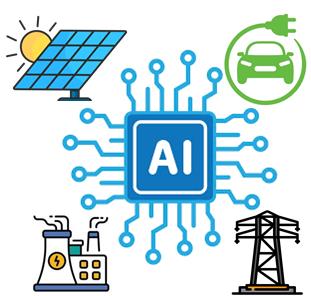
AI4Energy
Unleash full value of Artificial Intelligence for Energy Systems. Read more →

Unleash full value of Artificial Intelligence for Energy Systems. Read more →
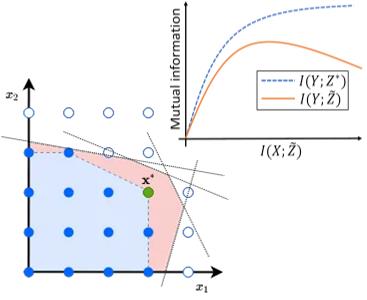
Mixed Integer Programming & Information Theoretic Machine Learning. Read more →
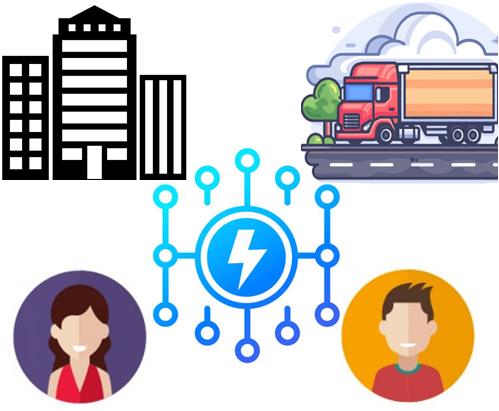
Electrify and enable energy efficient smart cities by seamlessly connecting electric grid, transportation system, buildings, and people.Read more →

Jointly optimize the planning and operation of energy system and data center. Read more →
Penetration of advanced sensor systems such as advanced metering infrastructure (AMI), phasor measurement units (PMUs), camera from drones, and high-frequency overhead and underground current and voltage sensors have been increasing significantly in smart grid over the past ten years. To unleash full value of the complex data sets, physics-informed machine learning algorithms are needed to transform the way we operate and plan for the smart grid.
Delivered at many institutions (e.g. UCLA, Cornell, Univ. of Minnesota, & Tsinghua Univ.): Physics-informed Machine Learning for Power Systems
Synergistic combination of machine learning algorithms and power system domain knowledge, data features and physical models.
Power Distribution Systems and End-use Customers
Data-driven Modeling of Power Distribution Systems and End-use Customers
Phase Connectivity Identification [1], [2], [3], [4], [5]; Data-driven Distribution network parameter estimation [1], [2].
Data-driven Monitoring of Power Distribution Systems and End-use Customers
Energy theft detection [1], [2]; Three-phase state estimation in power distribution systems [1], [2].
Predictive equipment maintenance [1]; Estimation of behind-the-meter Solar PV Generation [1], [2].
Bad Data and Topology Change Detection [1], [2].
Reinforcement Learning-based Control of Power Distribution Systems
Reinforcement Learning-based Volt-VAR control [1], [2], [3], [4], [5], [6], [7], [8], [9], [10], [11].
Reinforcement Learning-based Distribution Network Reconfiguration [1], [2], [3], [4].
Data-driven Planing of Power Distribution Systems
Valuation & optimization of DERs (e.g. battery) [1]; Diversification factor and load factor estimation [1].
Solar PV adoption forecast [1]; Spatio-temporal load forecasting [1].
EV adoption, charging load, and impact prediction [1], [2].
Transmission Systems and Electricity Market
Transmission System Monitoring with Phasor Measurement Unit (PMU) Data
PMU Data Quality Improvement [1], [2]; Power System Event Detection [1], [2], [3].
Power System Event Classification [1], [2], [3]; Dynamic Trajectory, Parameter, and System Health Estimation [1], [2], [3], [4], [5].
Synthetic PMU Data & Event Signature Library [1], [2]; PMU Data Adversarial Attack and Defense [1], [2], [3].
Learning to Design, Operate and Trade in Electricity Market
Algorithmic Trading in Electricity Markets [1], [2], [3], [4]; Learning to Operate Electricity Markets (Unit Commitment) [1], [2], [3].
Learning to Design and Monitor Electricity Markets [1], [2].
Background
To advance the field of machine learning, we need to develop a unified theory to explain & quantify the performance bounds of deep neural networks.
Research Summary
We study the subject of information losses arising from the finite datasets used in the training of deep nerual classifiers. We proved a relationship between such losses as a product of the expected total variation of the estimated neural model with the information about the feature space contained in the hidden representation of that model. We then bound this expected total variation as a function of the size of randomly sampled datasets in a fairly general setting, and without bringing in any additional dependence on model complexity. We ultimately obtain bounds on information losses that are less sensitive to input compression and in general much smaller than existing bounds.

Research Highlight
We developed new bounds on informationm losses from finite data. This began in the form of a relationship between these losses, the expected total variation of the neural model, and the information held in the hidden representation of the feature space. By bounding the total variation term without invoking any more dependence on model complexity, we obtained bounds that are much tighter and less sensitive to I(X;Z) than previous theory.
Further Readings: [1], [2], [3].Background
When solving complicated mixed-integer optimization problems, the effort needed to obtain an optimal solution increases dramatically as the problem size increases. Therefore, the goal for practical applications is often to obtain a near-optimal solution with quantifiable quality in a computationally efficient manner. Surrogate Lagrangian relaxation method and its variants are developed to achieve this goal.Research Summary
Surrogate Lagrangian relaxation (SLR) essentially improves the incumbent solution of a relaxed problem (rather than finding the exact optimal solution) in a computationally efficient way due to the drastic reduction of complexity, while still guaranteeing convergence, and reducing the zigzagging of multipliers. From the subproblemcoordination standpoint, the method eliminates the need for optimal dual value knowledge. Further Readings: [1].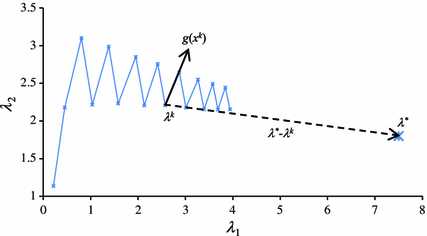
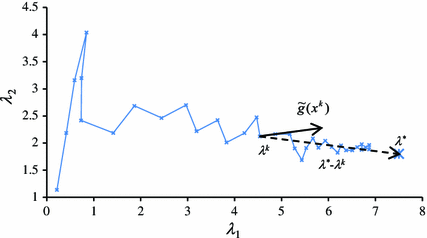
Applications of Surrogate Lagrangian Relaxation
Energy System Decarbonization Planning [1], [2], [3]; Electric Truck Routing & Charging [1]; Electricity Market Optimization [1], [2], [3].
The widespread adoption of information and communication technologies facilitates the integration of sensors, networked communications, and computing hardware and software into physical infrastructure systems such as transportation systems and electric power grid. These enhancements are transforming traditional passive infrastructure - from vehicles to chargers to solar panels - into proactive components capable of self-monitoring, communication, and control. The large volume of complex and heterogeneous data generated from these interdependent infrastructure systems can be leveraged to significantly improve energy efficiency, reduce travel time, and improve air quality in smart cities.
Ride-sharing with Passenger EV
[1],
[2];
Operation and Planning for Electric Truck & Bus
[1],
[2];
Charger Operation & Planning
[1],
[2],
[3].
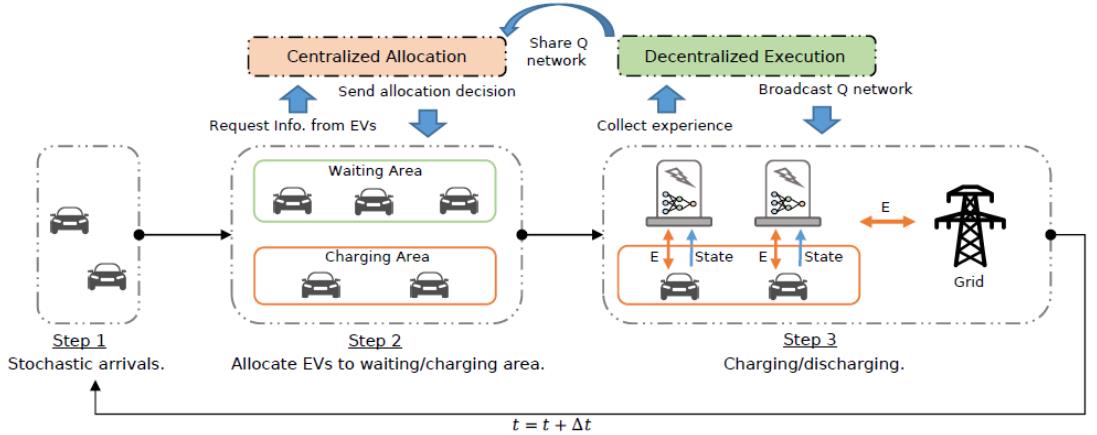
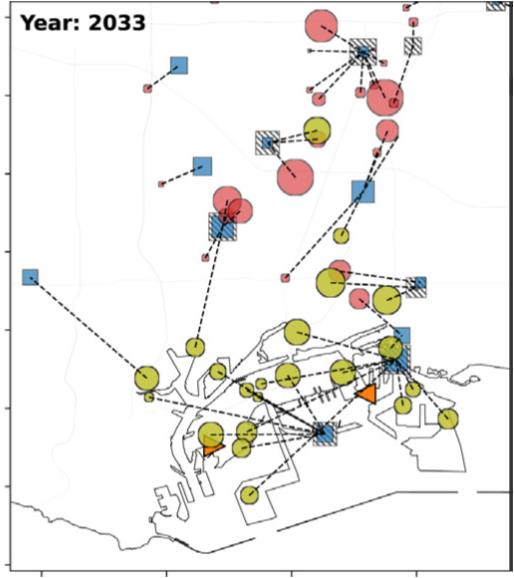
Building flexible load & HVAC [1], [2], [3], [4], [5].
Aggregation of DERs in Distribution Network [1], [2], [3], [4].
Read more →Data centers currently consume 200 TWh of electricity every year and contribute to 0.3% of global greenhouse gas emissions. By 2030, data centers are expected to be responsible for 7% of global carbon emissions. Therefore, data centers and digital infrastructure present a major obstacle towards achieving long-term net-zero carbon and high energy efficiency goals. Over the past two decades, data centers made significant progress in improving energy efficiency, which benefited environmental sustainability indirectly by reducing carbon emissions. In order to achieve long-term net zero carbon goals, it is imperative that environmental sustainability be a first-class design constraint.
Phase balancing with data center
[1];
Frequency regulation service provision by data center
[1],
[2].
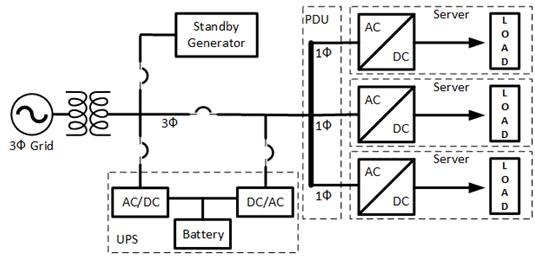
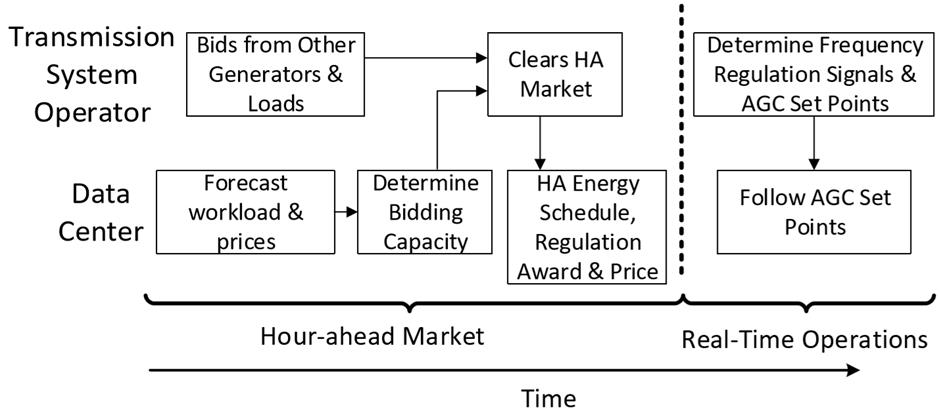
Joint Power System and Data Center Planning
Geospatial Data Center Workload Balancing